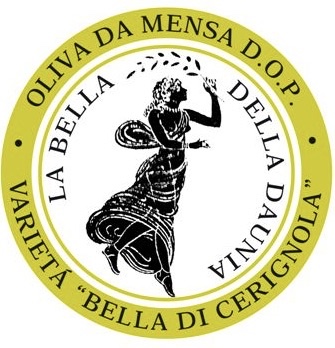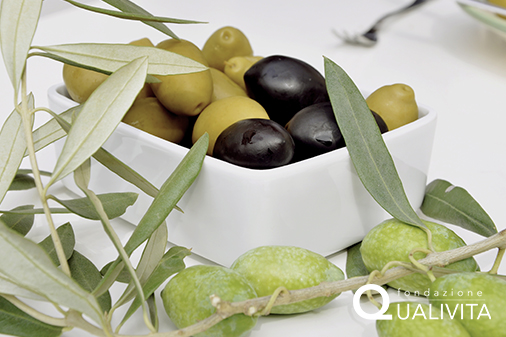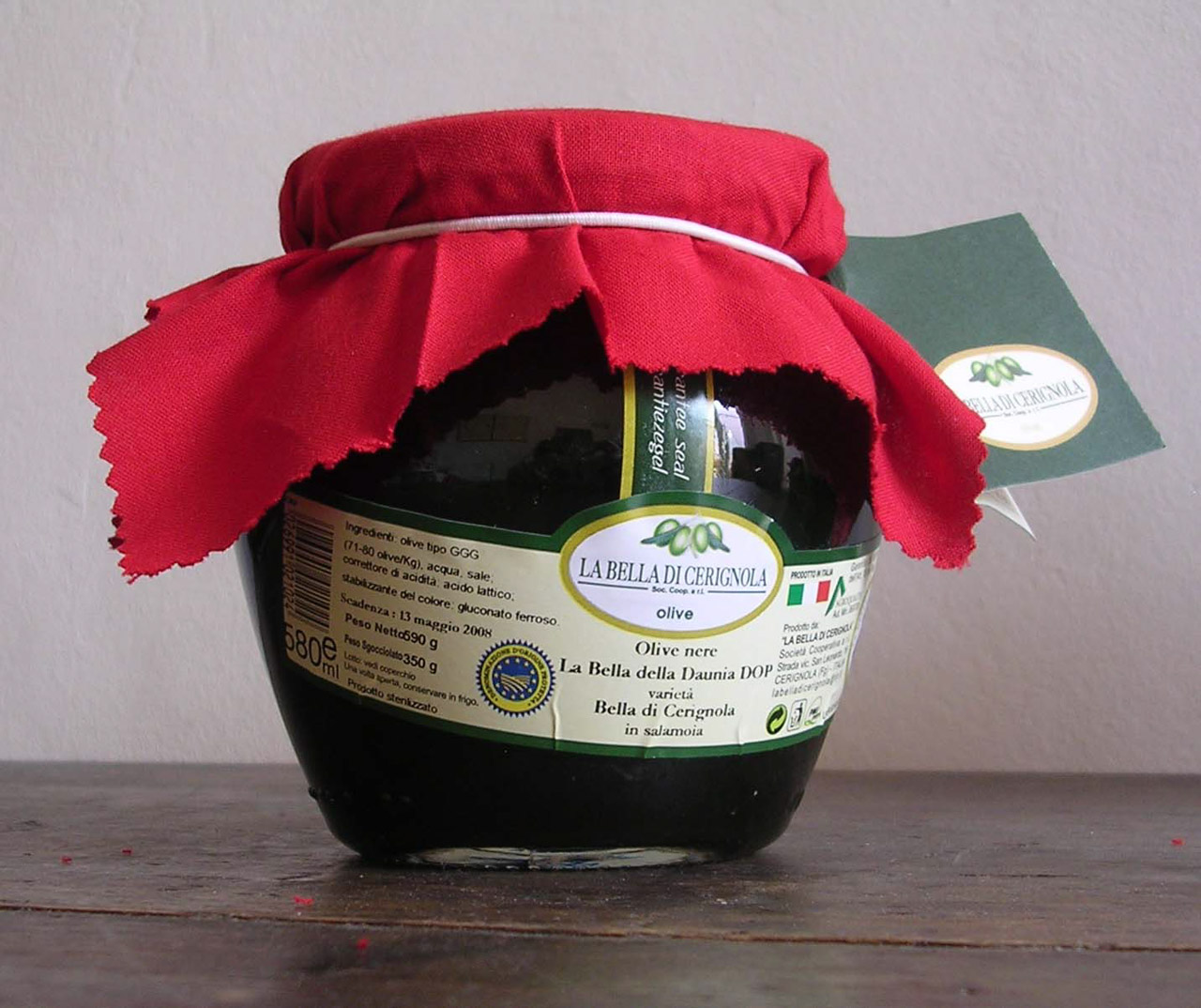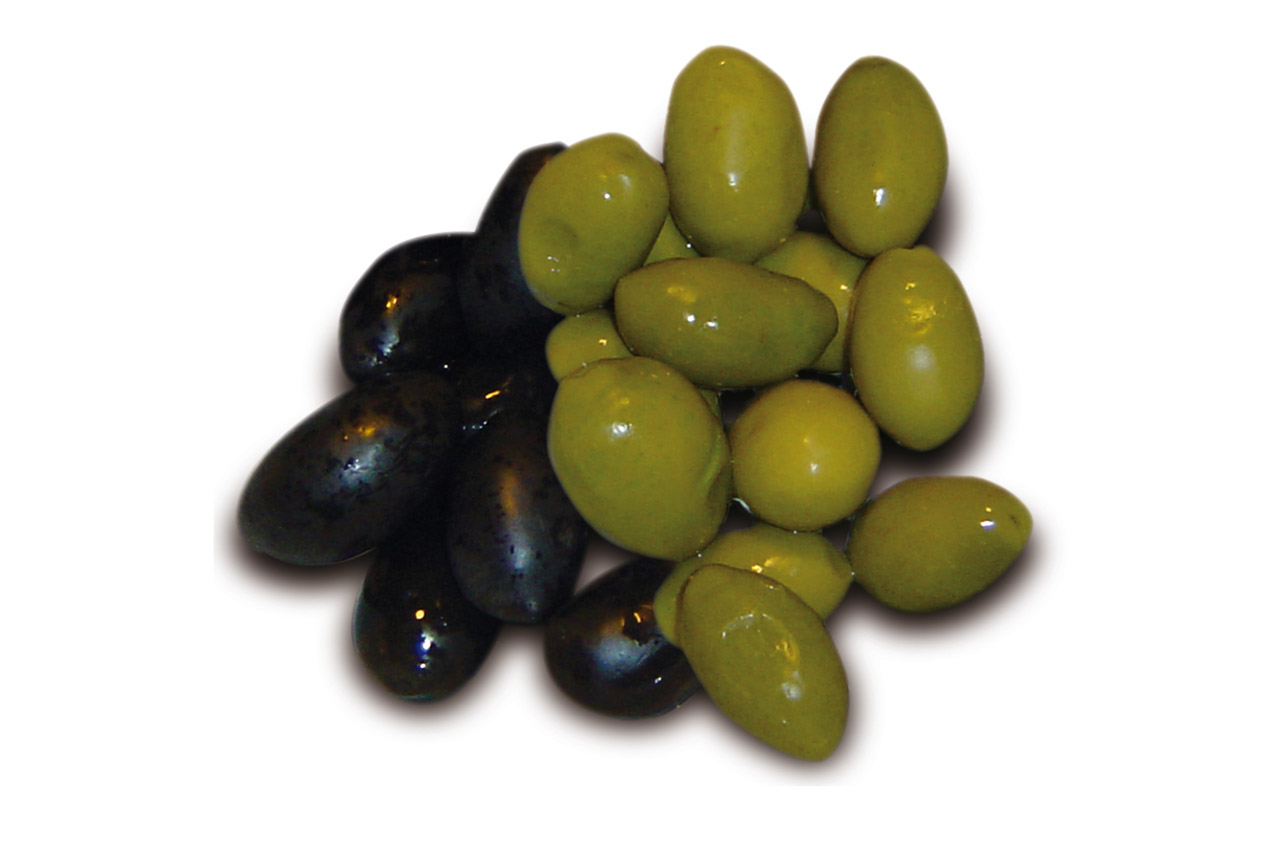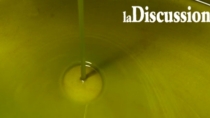Description
The La Bella della Daunia PDO refers to the large green and black table olives obtained from the Bella di Cerignola olive variety.
Production Area
The production area of La Bella della Daunia PDO is within the municipalities of Cerignola, Stornara, Stornarella, and Orta Nova in the Province of Foggia; in the municipalities of S. Ferdinando di Puglia and Trinitapoli in the Province of Barletta-Andria-Trani, in the Apulia region.
Production Method
The harvest begins in early October and is carried out manually in order to avoid damage to the olives. Special tarpaulins are used to avoid the olives coming into contact with the soil. Irrigation is stopped 10-15 days before the harvest. After harvesting, the olives are transported to the farm in special plastic boxes and are processed immediately. They are sorted and separated according to size and degree of ripeness, after which, the green olives undergo a transformation process, known as the Sevillian System, which eliminates the bitterness of the raw olives through the use of a sodium solution. This treatment lasts between 8 and 15 hours, depending on the temperature, the size of the olives and their degree of ripeness. The olives are then washed repeatedly to remove the solution. The sweetened olives are then preserved for at least 30 days in water and salt to allow fermentation, after which they acquire their characteristic green to pale straw-yellow colour, pleasant aroma and delicate flavour. After this stage, the olives are ready to be packaged and pasteurised. The black olives undergo a transformation process known as the Californian system. The olives are put in water and salt for at least 30 days, after which they are sweetened in a sodium solution, washed and oxidised through the introduction of compressed air into the water. The olives, darkened by oxidation, are then treated with a solution of ferrous gluconate, which sets the black colour. The olives are then immediately packaged and sterilised.
Appearance and Flavour
La Bella della Daunia PDO is large and either green or black, with a weight of up to 30 g. It has a long ellipsoidal shape, similar to a plum, and is extremely fleshy. The green variety is crunchy and flavoursome, while the black olives have a medium-firm pulp and a delicate taste.
History
A few authors believe that this cultivar derives from the Roman Orchites olives, while others sustain that it was introduced by Spain before 1400, during the Aragonese period. However, having never been among the indigenous cultivars of the Iberian Peninsula, it is most likely an indigenous variety from Cerignola in ancient Daunia, today known as Tavoliere delle Puglie.
Gastronomy
La Bella della Daunia PDO is one of the most typical products in the Mediterranean diet. Its pleasant taste and the fact that it can be eaten without cooking, as well as its long shelf life, make this table olive a particularly suitable ingredient for many quick and easily digestible dishes, ranging from snacks to starters and side dishes.
Marketing
The product is marketed as La Bella della Daunia PDO, Verde (Green) and Nera (Black). They are sold in glass jars, tins or thermoplastic containers.
Distinctive Features
La Bella della Daunia PDO is considered a table olive par excellence: it’s particularly appreciated for its organoleptic properties and exceptionally large size.



